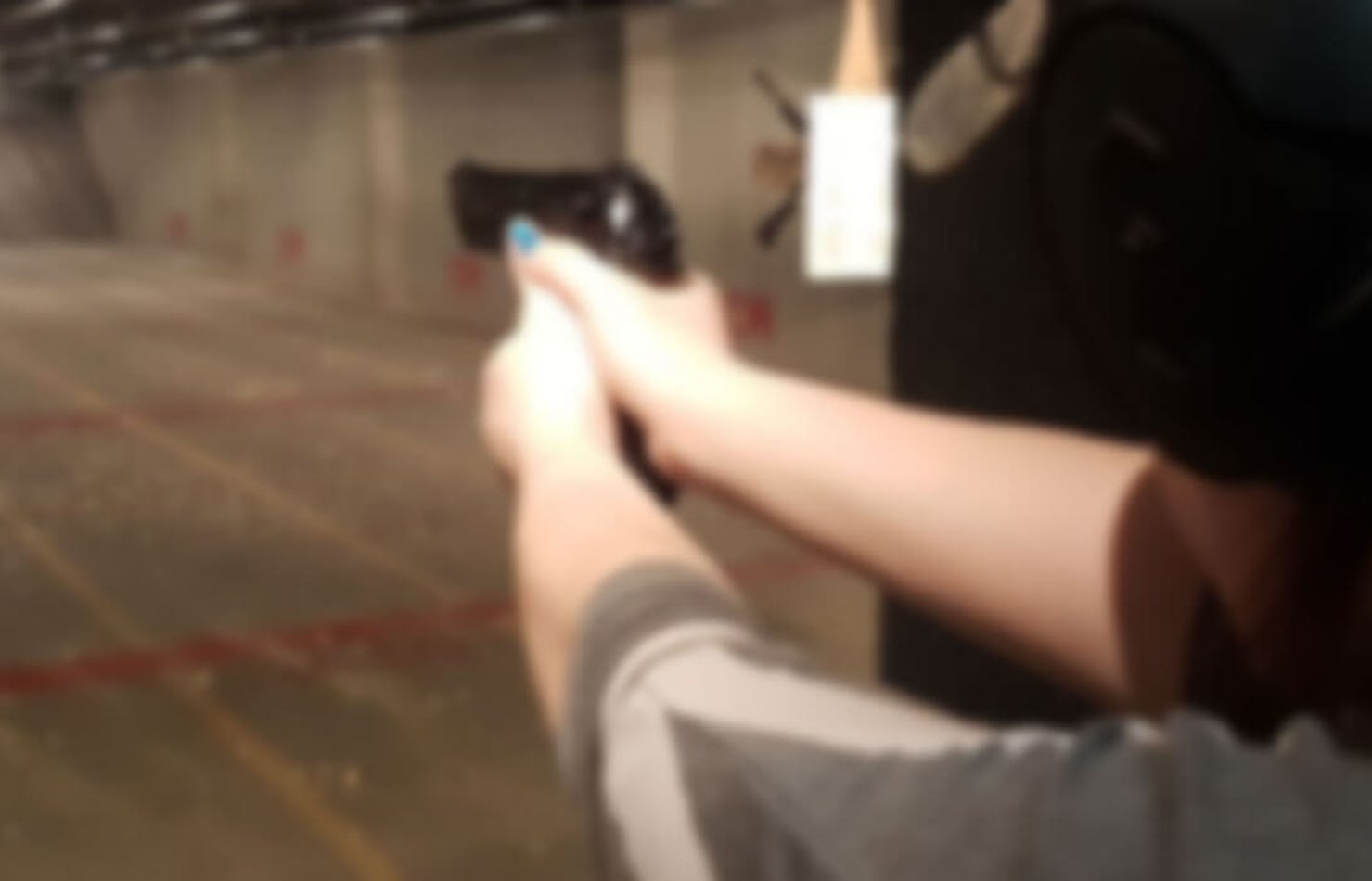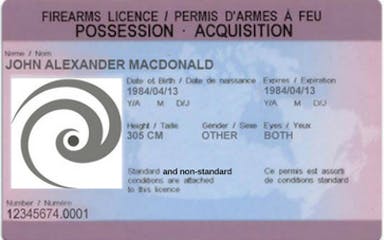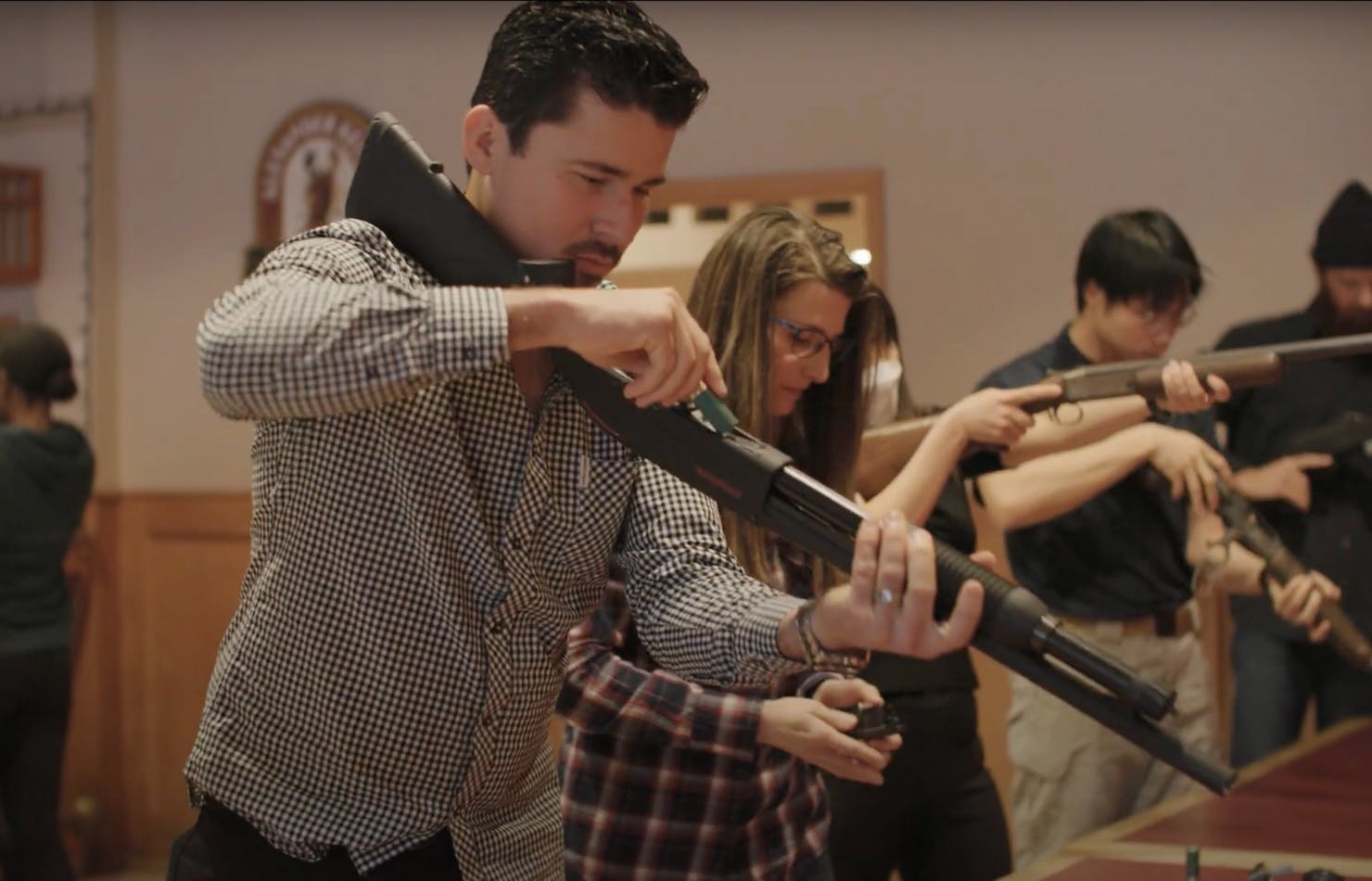
Common Firearms Safety Course Questions and Answers
- What does PAL licence mean?
- Can I shoot a gun without a PAL?
- How long does it take to get your PAL?
- How much is your PAL?
- Do First Nations need a PAL?
- What guns can you own with a PAL?
- Is CFSC the same as PAL?
- Can you take the Canadian Firearms Safety Course Online?
- How much is the Canadian Firearms Safety Course?
- How long is the CFSC course?
- What is CRFSC?
- What is a Restricted firearm in Canada?
- What’s the difference between Restricted and Non-Restricted firearms?
- Who classifies firearms?
- Are guns and firearms the same thing?
- Can you hunt without a PAL?
Q: What does PAL licence mean?
A: PAL stands for Possession and Acquisition Licence, otherwise known as a firearms licence, or gun licence. This is required in Canada to purchase, possess, or own firearms.

Q: Can I shoot a gun without a PAL?
A: Yes. You do not need a PAL to shoot a firearm. Many shooting ranges, or clubs, allow firearm rentals to individuals who do not yet have a firearms licence. The individual without the PAL would be accompanied by a Range Safety Officer (RSO) to ensure they are being safe and following range rules.
Alternatively, an individual with a valid PAL may bring a friend or family member with them to a range to shoot with them; in this instance an RSO would not be required and it would be the responsibility of the PAL owner to act as an RSO for the individual without the gun licence.
Q: How long does it take to get your PAL?
A: It depends. Commonly it’s about 3-6 months, give or take.
There is a 28 business day waiting period and after that point the application for your PAL will being to be processed. Many factors can influence the processing time such as incorrect or incomplete information on your PAL application forms, missing or incorrect fees, high PAL application volumes.
A good indication that your firearms licence is in the process is that your fee for application have been taken from your account (if you paid via credit card). You can check the status of your application via the RCMP’s web services here or you can call and speak to your local Chief Firearms Officer (CFO) at 1-800-731-4000.
Q: How much is your PAL?
A: As of March 31 2021 the application fees are as follows:
- Non-Restricted & Restricted PAL $83.40
- Non-Restricted PAL $62.55
- Upgrading your Non-Restricted PAL to a Non-Restricted & Restricted PAL $41.70
These fees can change from time to time and therefore we recommend checking online for the most up-to-date fees here. Keep in mind that this does not include the cost of training which is separate and goes to the instructor or training facility in which you receive your classroom training from.
Q: Do First Nations need a PAL?
A: Yes, however exceptions on how to obtain can be made when it comes to safety training certification as well as fees to apply. More information on the Aboriginal Peoples of Canada Adaptations Regulations (Firearms) set out in the Firearms Act here and the exceptions outlined by the RCMP here.
Q: What guns can you own with a PAL?
A: This depends on the type of PAL licence you have.
If you have a Non-Restricted PAL this will allow you to purchase firearms which are classified as Non-Restricted (more info on classifications of firearms here). And if you have your Restricted and Non-Restricted, then you will be able to obtain firearms which fall under both those classifications.
The type of firearm will depend on how it is classified as there are different factors that come into play, but typically, Non-Restricted firearms are long guns like shotguns and rifles, and Restricted are handguns, think pistols or revolvers.
Q: Is CFSC the same as PAL?
A: Sort of. CFSC stands for Canadian Firearms Safety Course, this is the in-person classroom training required to obtain your PAL for Non-Restricted firearms. Many times these terms are used interchangeably. More on how to get a gun in Canada here.
Q: Can you take the Canadian Firearms Safety Course Online?
A: It depends for what purpose. If you are looking to obtain your PAL, you must take in-person training; this is a requirement set out by the RCMP. If you are looking to gain knowledge, but do not want/need your PAL, then you may take the Canadian Firearms Safety Course Online. Silvercore offers the Firearms Safety Course Online as a study tool when taking your in-person course.
Q: How much is the Canadian Firearms Safety Course?
A: Cost can vary depending on who is providing the training and which province it is taking place in as some province’s tend to have higher rates than others. This can range anywhere from $100 – $400.
Q: How long is the CFSC course?
A: The RCMP set out a minimum requirement of 8 hours of in-person classroom training for the CFSC course.
Q: What is CRFSC?
A: The CRFSC is the Canadian Restricted Firearms Safety Course, this is the course training required to apply for your Restricted firearms licence also known as an RPAL.
Q: What is a Restricted firearm in Canada?
A: A Restricted firearm is a classification of a firearm. These typically consist of handguns such as pistols and revolvers, but it could be a shotgun if the barrel falls under a certain length, or other reasons. For more on classifications see here.
Q: What’s the difference between Restricted and Non-Restricted firearms?
A: Non-Restricted firearms are typically shotguns and rifles and Restricted firearms are typically handguns such as pistols and revolvers.
Non-Restricted and Restricted are terms which are considered to be classification types. The difference is the classification standards which are set out by the RCMP, more on this here.
Q: Who classifies firearms?
A: In Canada, a firearm is classified based on criteria in subsection 84(1) of the Criminal Code and corresponding regulations made by Orders in Council. Only Parliament and the Governor in Council can change classification criteria.
Q: Are guns and firearms the same thing?
A: Yes.
Guns are the same as firearms and these terms are used interchangeably, similarly to how PAL or gun license or firearms licence are also used interchangeably.
Q: Can you hunt without a PAL?
A: Yes.
There are a couple ways in which you can hunt without a PAL, provided you have the proper hunting credentials, more on that here.
Some individuals may wish to hunt with a bow and this is quite common; of course a PAL would not be required to hunt with a bow.
Some individuals may hunt with a hunting partner who has a firearms licence; in this case the individual without the PAL may use the firearm of the PAL holder, provided they are in their direct contact or under direct supervision of the PAL holder.


